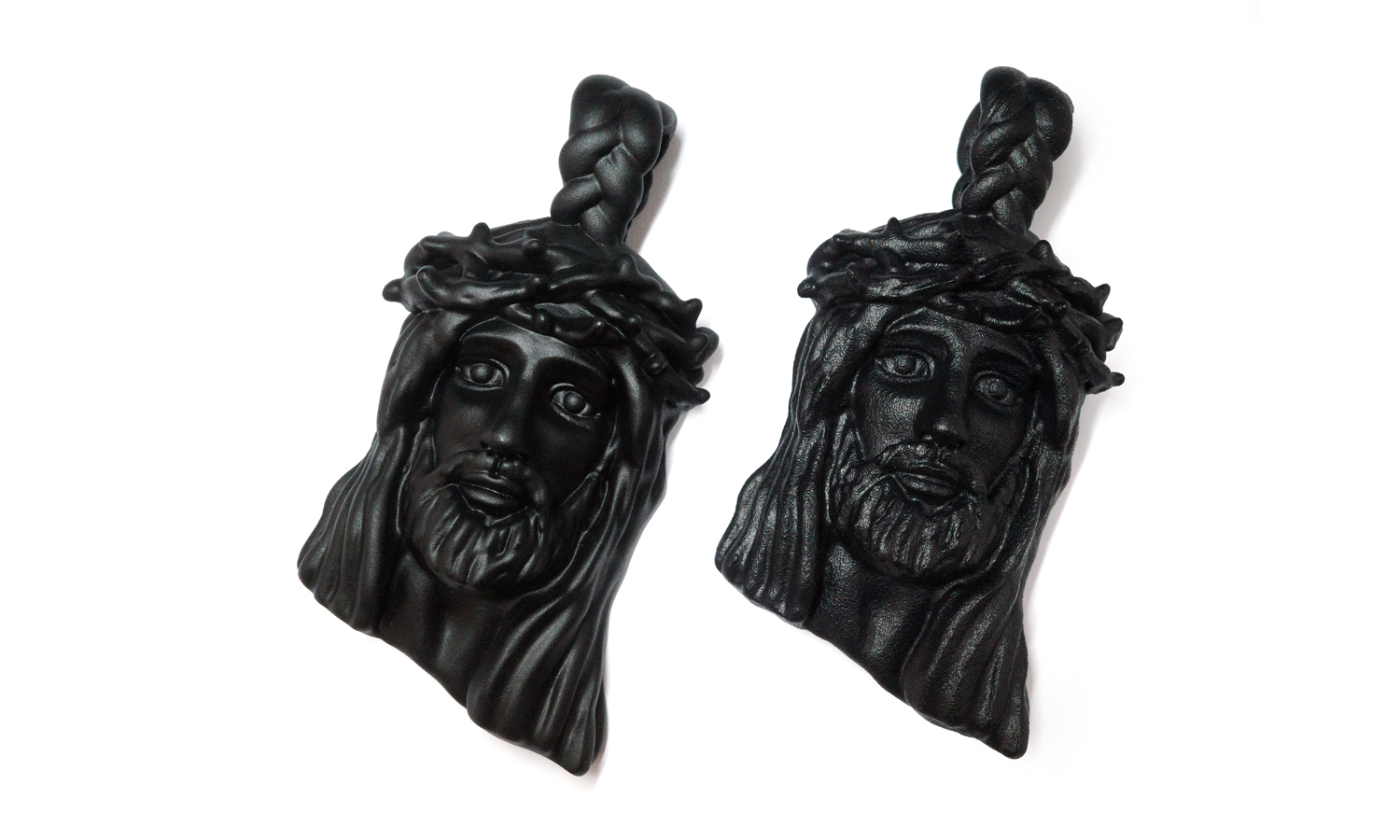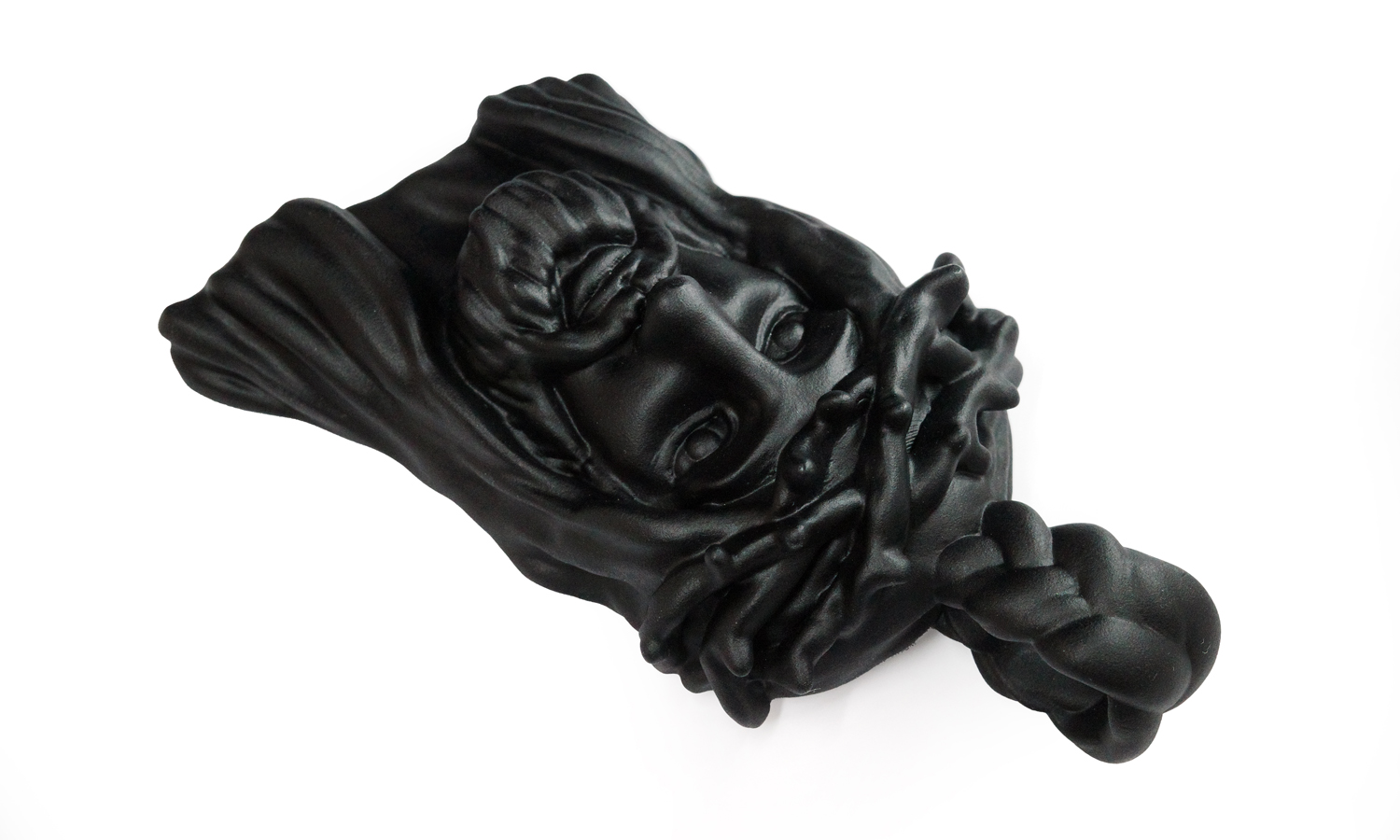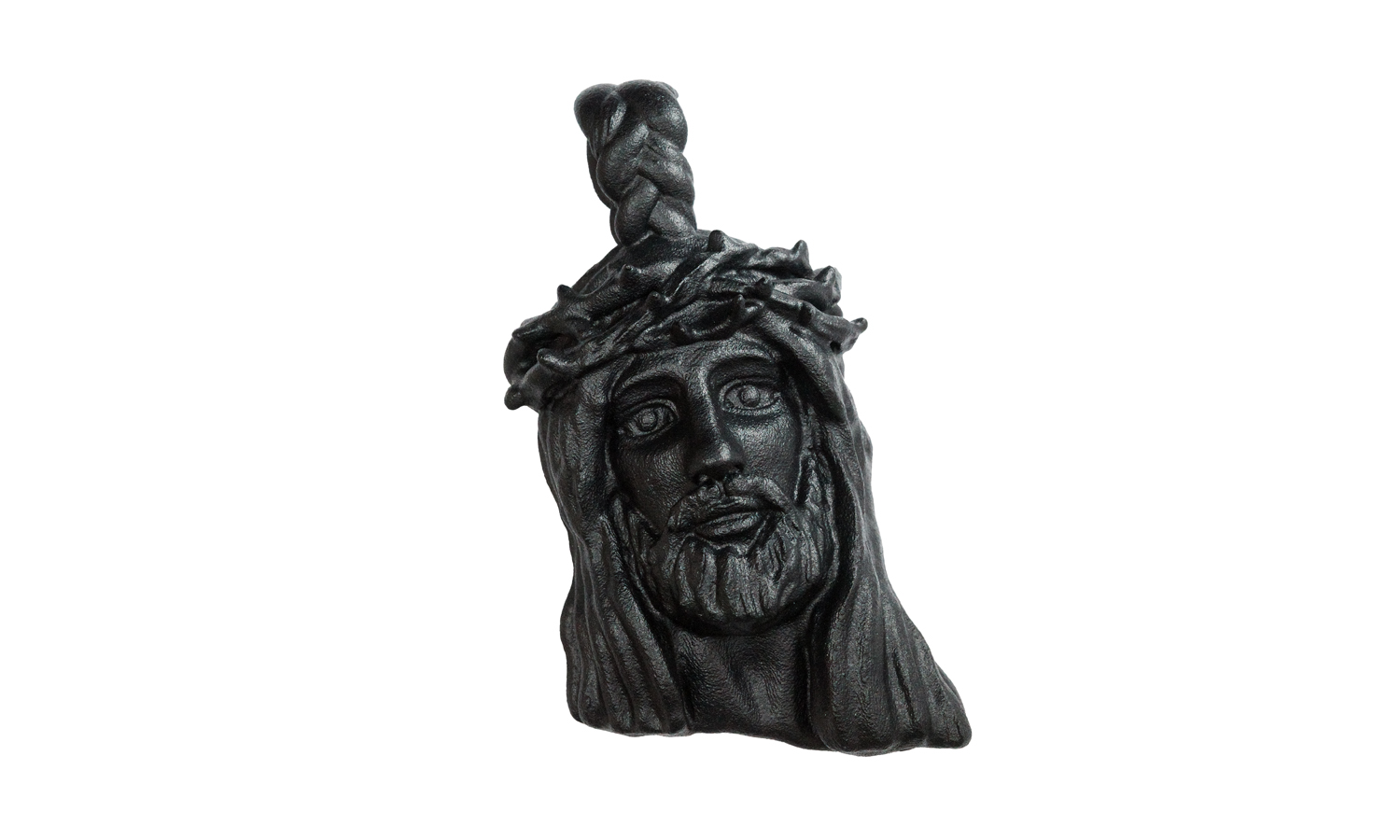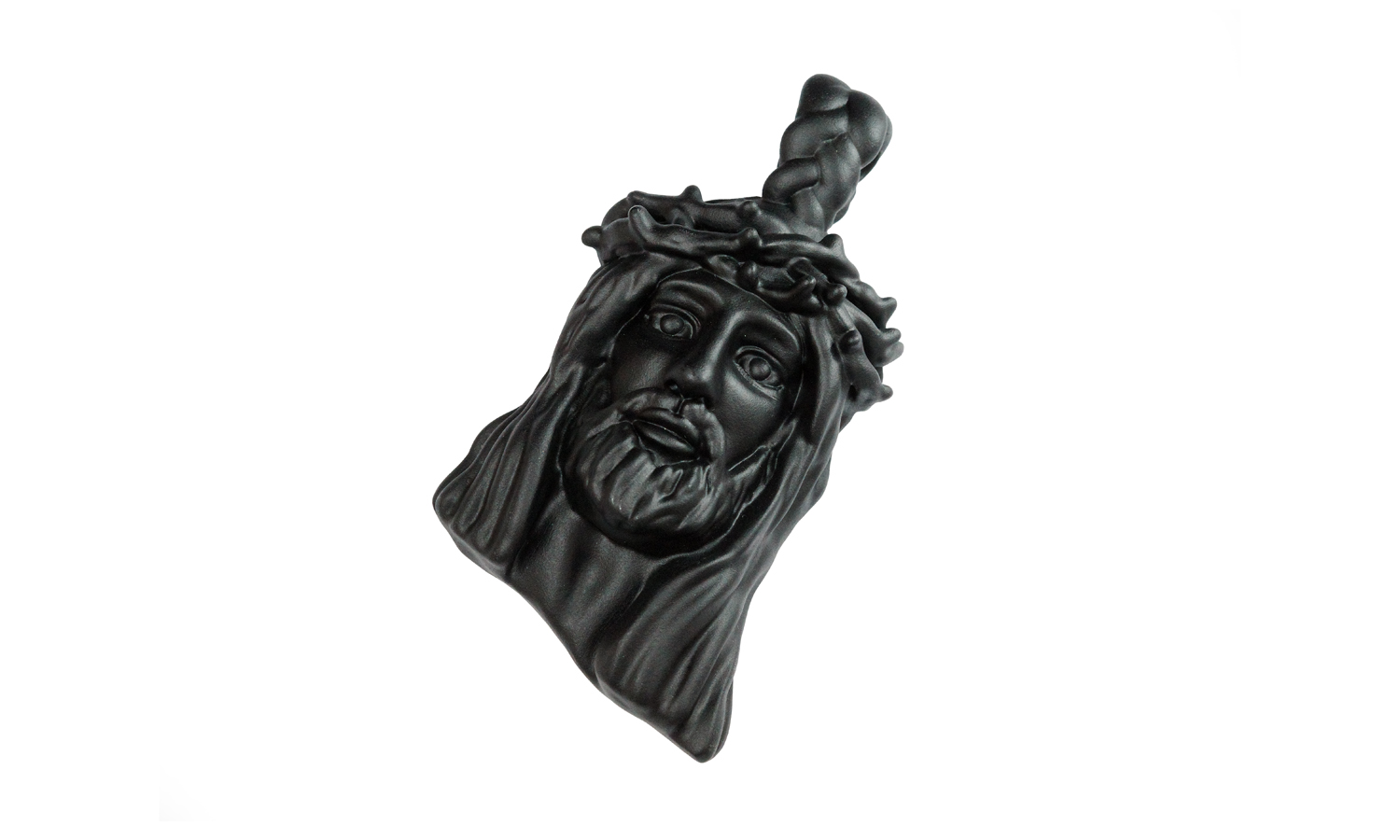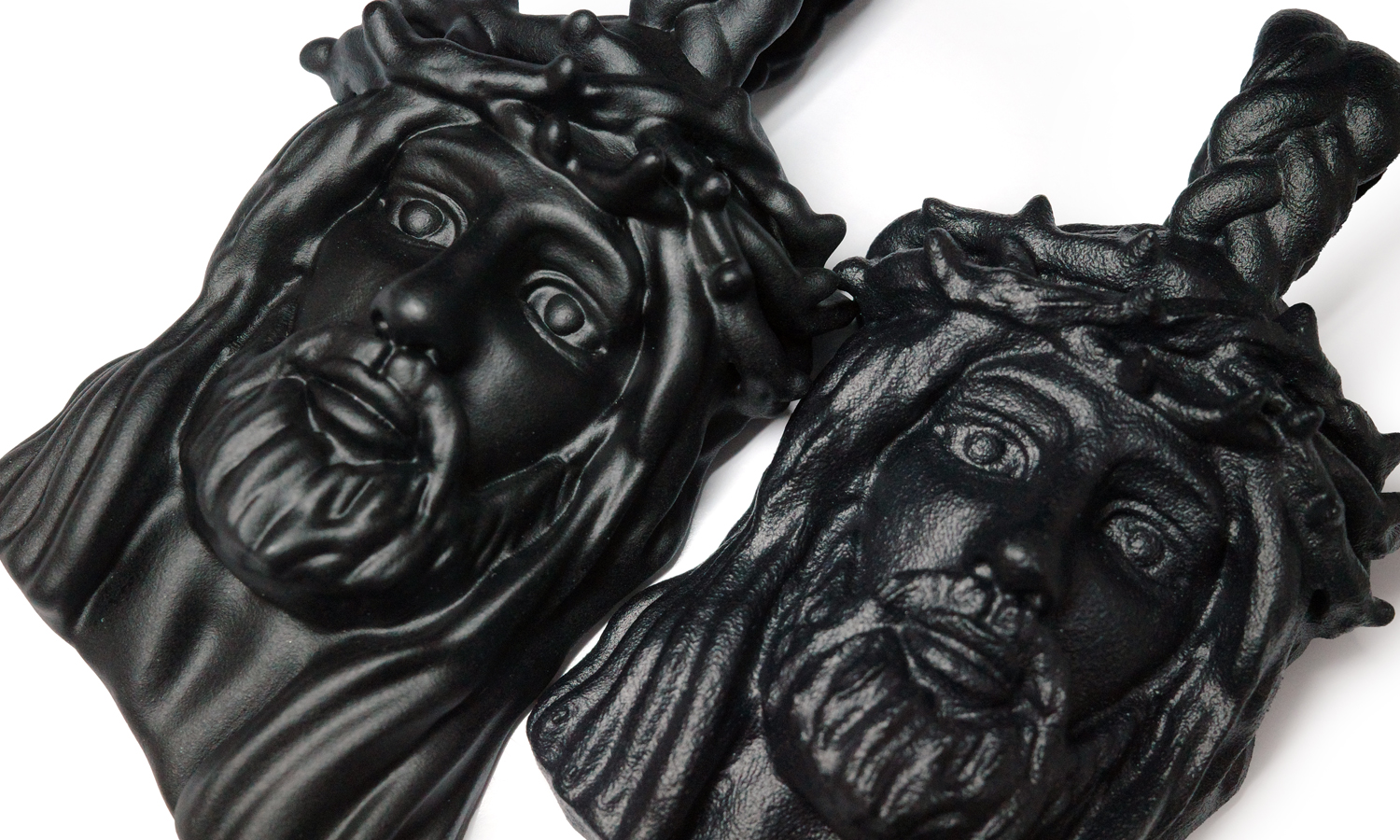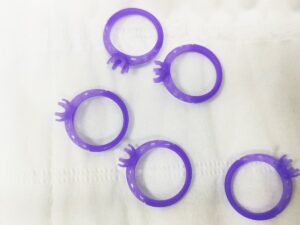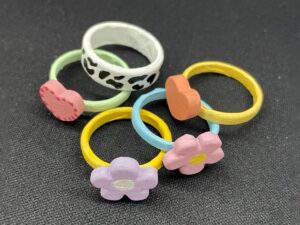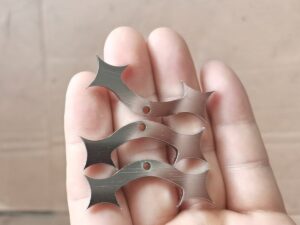- SLA 3D Printed GuillotineŌĆÖs Headless Horror Figure Resin Garage Kit
- SLA 3D Printed Frosted Clear Resin Avalokitesvara Buddha
Material Plastic, Resin
Quantity 2 pcs
Price Range $1-100
Lead Time 2 workdays
Gallery
About Project
In the realm of personalized jewelry, the fusion of tradition and technology has given rise to creations that are both spiritually significant and aesthetically modern. Among these, Jesus Pendants stand out as a testament to faith, crafted with precision and care through the marvels of 3D printing. Let’s delve into the intricate world of these pendants, made using two distinct 3D printing technologies: Stereolithography (SLA) and Selective Laser Sintering (SLS).
SLA 3D Printing: A Smooth Finish for a Serene Expression
SLA 3D printing is renowned for its ability to produce smooth surfaces and fine details, making it an ideal choice for creating Jesus Pendants that require a delicate touch. The process involves curing liquid resin layer by layer with a UV laser, resulting in pendants that are not only robust but also possess a polished appearance. The level of detail achievable with SLA means that every feature, from the gentle curve of Jesus’ face to the flowing robes, is rendered with clarity and precision.
However, it’s important to note that post-processing plays a pivotal role in achieving the final look. Polishing and painting, while enhancing the smoothness and adding a matte finish, can sometimes obscure the finer details. It’s a delicate balance between creating a pendant that feels divine to the touch and one that visually embodies the intricate craftsmanship.
SLS 3D Printing: Durable Devotion with a Textured Touch
On the other hand, SLS 3D printing offers a different approach. This technique uses a laser to sinter powdered nylon, building up the pendant layer by layer. The result is a pendant with a slightly rough texture, imbued with a sense of durability and a tactile quality that invites touch. The black dye used in the process deepens the color, giving the pendant a profound presence that resonates with the depth of one’s faith.
While SLS pendants retain more detail due to the nature of the printing process, they too can undergo post-processing such as vapor polishing to smooth out the surface. Yet, this can lead to a reduction in detail, so it’s crucial to consider the desired outcome when choosing the finishing method.
FacFox: Your Partner in Crafting Sacred Symbols
At FacFox, we understand the importance of creating pieces that are not just jewelry but symbols of personal belief and identity. Our expertise in SLA and SLS 3D printing technologies ensures that every Jesus Pendant we produce is a work of art, reflecting the devotion of the wearer. Whether you seek the smooth serenity of an SLA-printed pendant or the textured resilience of an SLS-printed piece, we are here to bring your vision to life.
Our commitment to quality and detail means that we carefully consider the balance between aesthetics and authenticity. With FacFox, you can trust that your Jesus Pendant will be a cherished item of faith, crafted with the utmost respect and precision.
Embrace the Future of Faith with FacFox
In conclusion, whether you choose the polished perfection of SLA or the authentic allure of SLS, FacFox is dedicated to providing you with a Jesus Pendant that is as unique as your faith. Connect with us, and let’s create a symbol of devotion that you can wear close to your heart.
Solution
- Step 1: Designing Phase.
The intricate designs of the Jesus Pendants┬Āwere conceptualized by our client.
Detailed 3D models┬Āwere created┬Āusing sophisticated computer-aided design (CAD) software.
The models were examined by our specialists and the quotes were given based on the clients’ requirements. - Step 2: SLA Printing Process (for the Resin Pendant).
A high-resolution 3D printer┬Āwas employed, utilizing Stereolithography (SLA) technology.
Liquid resin┬Āwas selectively cured┬Āby a UV laser, layer by layer, until the pendantŌĆÖs shape┬Āwas fully formed.
The printed object┬Āwas then removed┬Āfrom the printer and┬Āwas washed┬Āto remove any uncured resin. - Step 3: Post-Processing for SLA Pendant.
The resin pendant┬Āwas carefully polished┬Āto achieve a smooth surface.
A matte black paint┬Āwas applied┬Āto the polished pendant, giving it a uniform finish. - Step 4: SLS Printing Process (for the Nylon Pendant).
Selective Laser Sintering (SLS) technology┬Āwas utilized┬Āfor the nylon pendant.
Powdered nylon┬Āwas sintered┬Āby a laser in a high-precision process, building the pendant layer upon layer.
After printing, the excess powder┬Āwas removed, and the pendant┬Āwas cleaned. - Step 5: Dyeing Process for SLS Pendant.
The nylon pendant was submerged┬Āin a black dye solution.
The dye┬Āwas allowed┬Āto penetrate the porous surface, ensuring an even coloration. - Step 6: Quality Control.
Both pendants┬Āwere subjected┬Āto rigorous quality control checks.
Any imperfections┬Āwere identified┬Āand┬Āwere rectified┬Ābefore final approval. - Step 7: Final Presentation.
The finished pendants┬Āwere carefully inspected┬Āone last time.
They┬Āwere packaged┬Āand┬Āwere prepared┬Āfor shipping to customers or display in stores.
